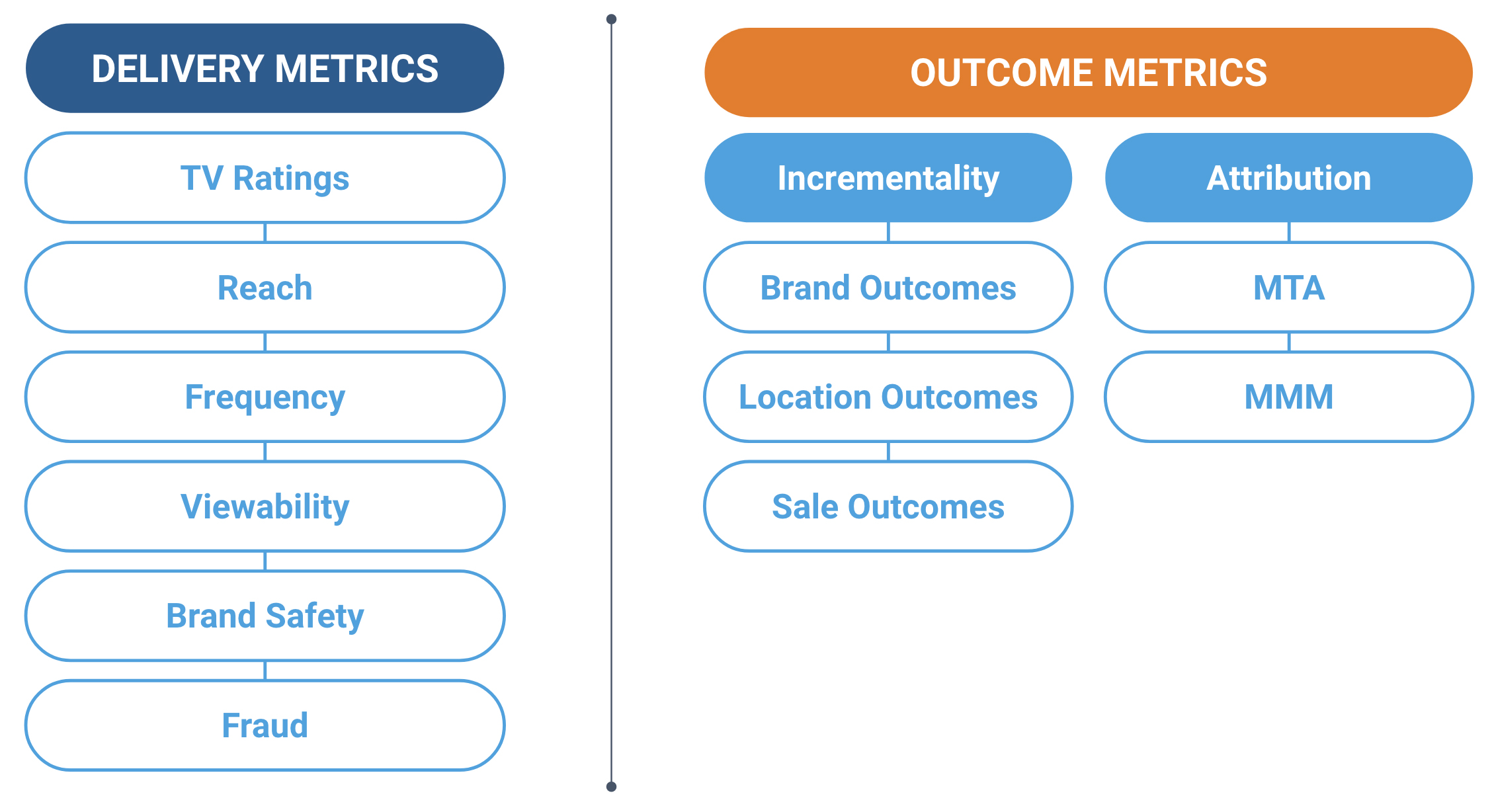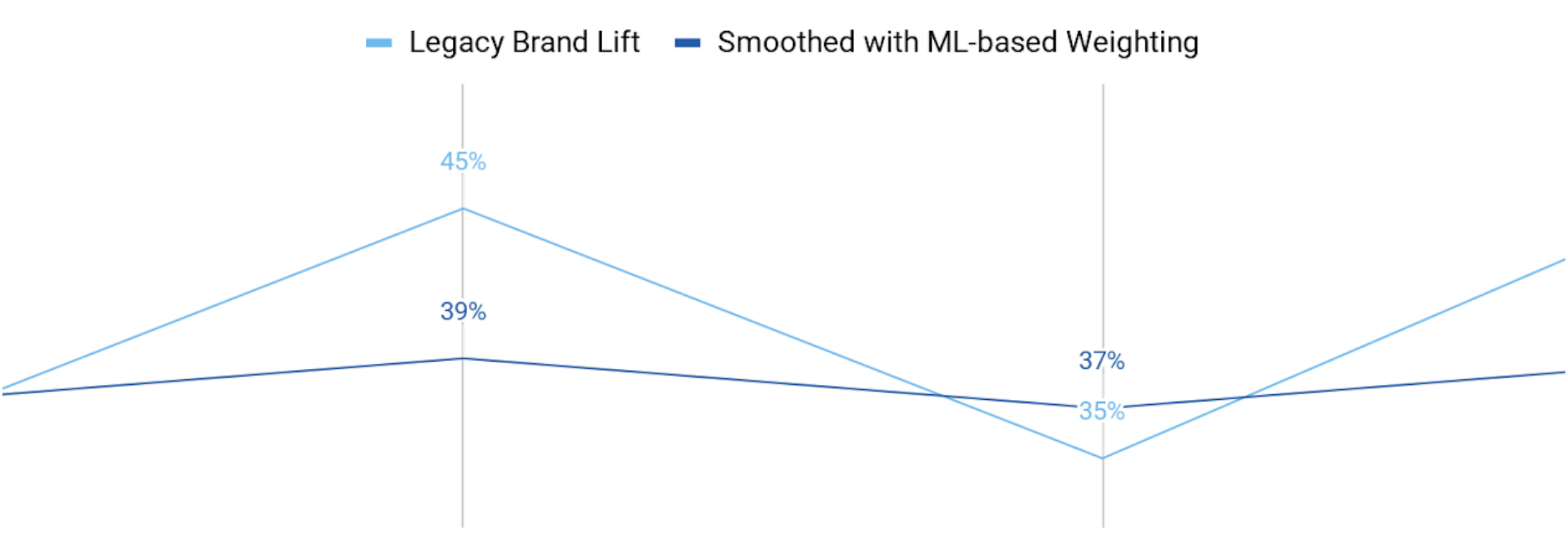Upwave’s VP of Product, Ken Archer recently presented during the webinar, “Attribution and Measurement,” hosted by Prohaska Consulting. During his talk, Ken outlined Upwave’s framework of measurement types for media campaigns and dispelled some of the misconceptions surrounding measurement.
- Incrementality. These outcome metrics rely on a control group to answer the question, “Did this campaign or this tactic work at all?” Unlike attribution, incremental metrics are causal.
- Attribution. These metrics presume outcomes are due to marketing campaigns, and assign credit for outcomes. Because it’s correlating outcomes to campaigns and tactics without a control group, it’s not causal. Attribution can be bottoms-up (MTA) or top-down (MMM).

Measurement misconceptions vs. reality
Because the outcome measurement ecosystem is so complicated, it’s no wonder there’s confusion about how these different metrics compare. In his talk, Ken summarizes the four most common misconceptions about outcome measurement.
DR campaigns are actually less measurable than brand campaigns
The conventional wisdom that DR campaigns are more measurable than brand campaigns is wrong. In reality, brand campaigns are more measurable for incremental outcomes. Primarily, this is because cross-channel synthetic control groups can be created in brand campaigns, whereas DR campaigns—which are narrowly targeted to be effective—must use hold-out groups limited to a single media platform.
There are actually multiple control groups, not just one
Control groups are often created at the campaign level, and then applied to different media and creative tactics. The reality is, there are multiple control groups, not just one. For example, to measure incremental outcomes of various frequencies, one needs controls specific to each frequency—otherwise, you’re just measuring outcomes already observed by those who spend more or less time online.
Brand outcomes can actually be updated daily without erratic results
Legacy providers avoid daily modeling of the control to prevent erratic shifts in lift results, depriving advertisers of data needed to reallocate media and creative on-demand. In this case, advertisers only get data mid- and post-campaign.
Upwave applies ML-based weighting to enable “smoothed” daily modeling, avoiding the issue of overreacting to erratic daily lifts. Daily brand lift measurements mean advertisers can reallocate media and creative on-demand.

Brand outcomes can actually be measured at the person-level
Historically, brand lift measured outcomes at the population level (e.g., campaign level, demographic level). In reality, recent ML-based modeling allows measuring the Individual Treatment Effect (ITE), thus capturing brand lift at the person-level, and unlocking the ability for ad hoc media campaign optimization.
For more information on flexible, ad hoc campaign optimization capabilities, be on the lookout for an upcoming blog post on Upwave’s Daily Automated Reads functionality.
